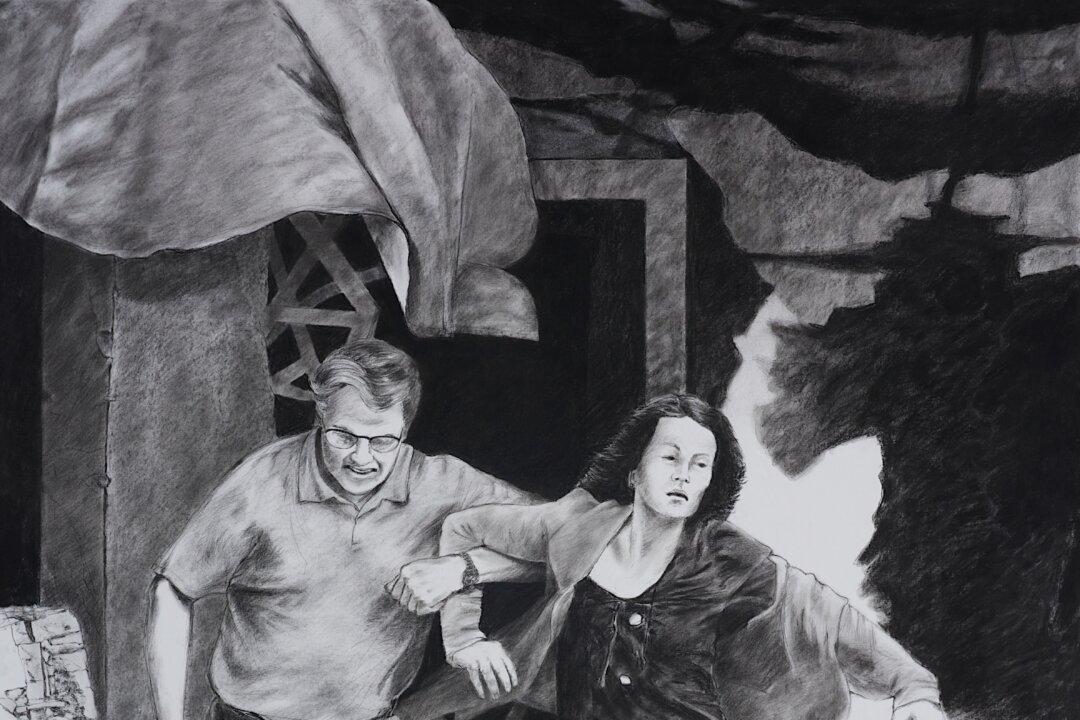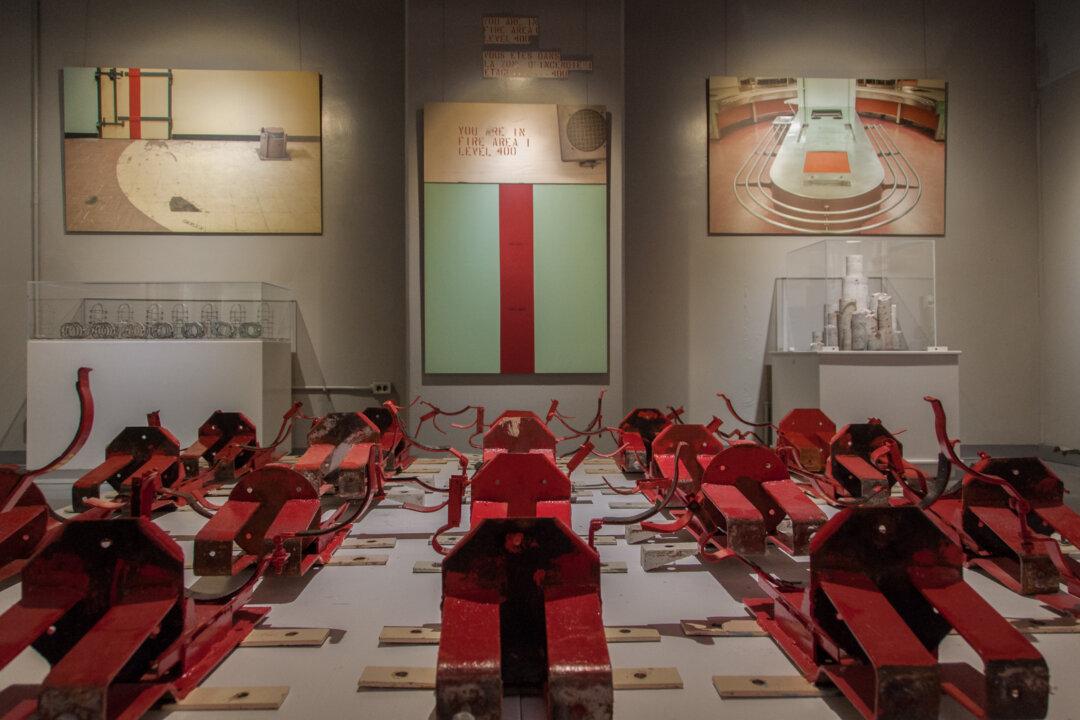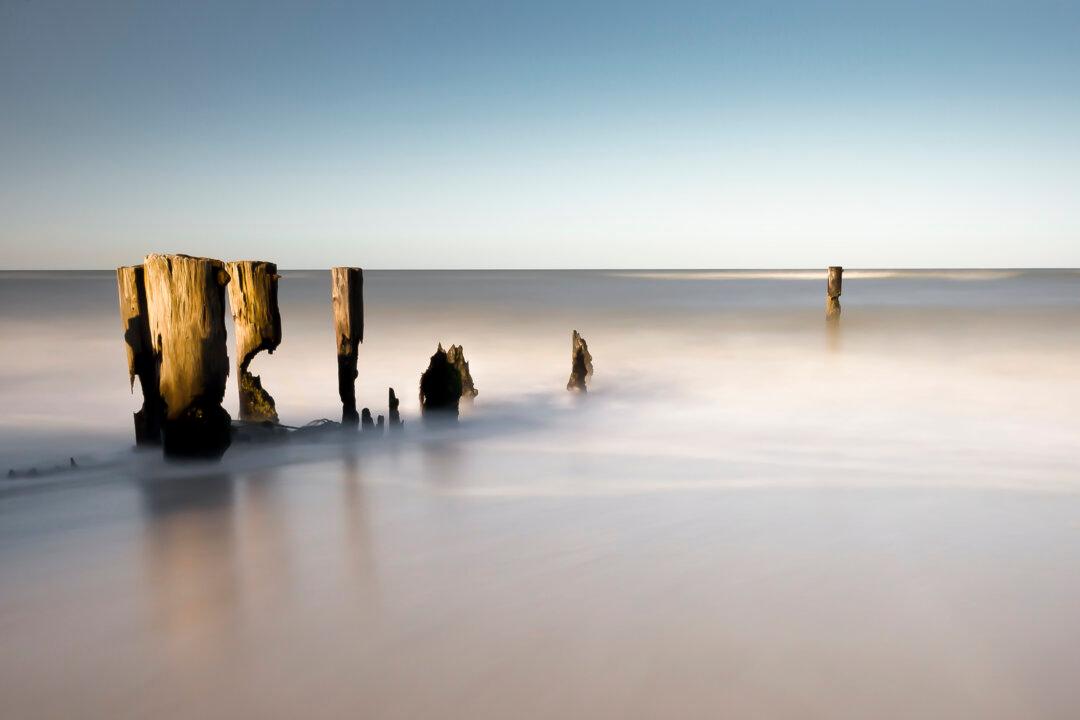For most North Americans, the mention of Flanders evokes the opening lines of John McCrae’s poem, “In Flanders Fields.” The iconic poem’s imagery of poppies and the blood-soaked ground of battle bedecks the Allied propaganda posters displayed in “Fighting in Flanders: Gas, Mud, Memory,” the current exhibition at the Canadian War Museum.
The exhibition presents a pithy, incisive account of the carnage experienced in Flanders from 1914-18.
The fields of McCrae’s poem are the southwestern lowlands of Belgium. McCrae, a native of Guelph, Ont., and a military surgeon, died January 28, 1918. By the time the war ended later that year, nearly 15 million people were dead.
Co-curated by the War Museum in partnership with the Belgian Memorial Museum Passchendaele 1917, “Fighting in Flanders: Gas, Mud, Memory” presents in seven components a clear outline of what happened and why, and how much was lost by everyone.
The story is chronologically sequenced, its narrative told in meticulously chosen items. The rifle, the gas mask, the duckboard to lay on a muddy field—these are the artifacts of the war’s material culture. The gas attack “siren,” for example, was no more than a child’s ratchety toy, a simple wooden noisemaker.





